1. Waterbeds (1970s–1990s)

Few bedroom fads ever made as big a splash as the waterbed. Launched in the late 1960s and hitting peak popularity in the ’70s and ’80s, these sloshy mattresses promised comfort, luxury, and even a bit of romance. Advertised as the future of sleep, waterbeds quickly became a status symbol, filling suburban homes and college dorms alike. They were customizable with heaters and frames, and some owners swore by their therapeutic benefits. But waterbeds came with drawbacks: they were heavy, hard to move, prone to leaks, and difficult to maintain. By the 1990s, the novelty wore off, and traditional mattresses, with memory foam leading the way, took over. Today, they live on as a quirky reminder of when “the coolest bed on the block” meant sleeping on gallons of water.
2. Map Books and Road Atlases (1900s–2000s)

Some things arrive with a bang, suddenly everywhere, shaping how we live, what we buy, even how we think, and then vanish before the next generation can experience them firsthand. Before GPS guided every turn, road trips depended on thick atlases and fold-out maps. Families kept spiral-bound Rand McNally atlases in glove compartments, tracing routes with fingers and highlighters. Gas stations stocked free local maps, often ending up crumpled on dashboards or stuffed into doors. Navigating meant planning ahead, pulling over at rest stops, or arguing over whether to take the next exit. The rise of digital navigation systems in the 2000s made printed maps nearly obsolete, replacing them with step-by-step audio directions. While some still keep atlases for backup or nostalgia, for most people the days of spreading out a giant paper map across the hood of a car are over.
3. The Space Shuttle Program (1981–2011)

When the first space shuttle, Columbia, launched in 1981, it felt like the dawn of a new era in space exploration. Unlike earlier rockets, the shuttle was reusable, designed to make space travel more routine and affordable. Over the next three decades, five shuttles carried astronauts on missions that included launching satellites, repairing the Hubble Telescope, and building the International Space Station. The program captured imaginations worldwide, turning astronauts into household names and cementing space travel as a national point of pride. But the shuttle’s promise of low-cost, safe, frequent flights never fully materialized. High expenses, safety concerns, and two tragic accidents led NASA to retire the fleet in 2011. Since then, no spacecraft quite like it has returned, leaving the shuttle as a symbol of ambition that shone brightly, then ended without a true successor.
4. Pogs (1990s)
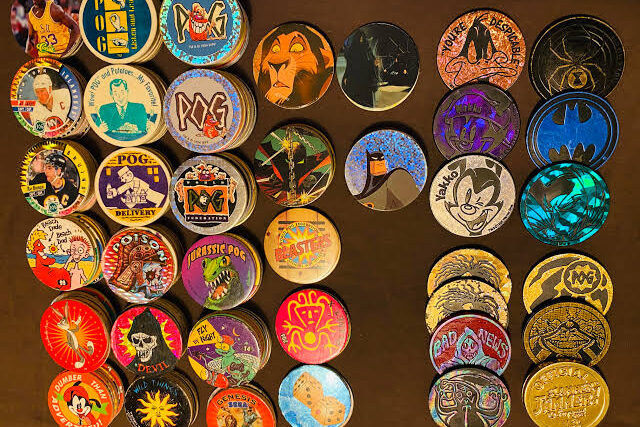
For a few years in the 1990s, playgrounds and cafeterias everywhere echoed with the sound of kids slamming down cardboard discs called Pogs. The game was simple: collect as many decorated Pogs as possible, stack them, and use a heavier “slammer” to flip them over. Designs ranged from cartoon characters to holographic prints, making collecting just as important as playing. Entire schoolyards buzzed with trades and competitions, and Pog collections often became prized possessions. At its peak, the craze grew into a multimillion-dollar industry, with official tournaments and licensed sets. But as quickly as it rose, Pogs disappeared. Many schools banned them, seeing them as gambling-like, and kids’ attention shifted to newer fads like Pokémon cards and Tamagotchis. Today, most Pog collections sit forgotten in boxes, a short-lived but unforgettable symbol of ’90s kid culture.
5. Filofax and Daytimer Systems (1980s–2000s)

Before smartphones kept our calendars, contacts, and to-do lists in one pocket-sized device, many professionals relied on bulky paper planners. Filofax in the UK and Daytimer in the US became essential tools for organizing a busy life. With refillable pages for appointments, notes, and addresses, these leather-bound planners were both practical and status symbols. Owning one signaled you had a schedule worth managing and a lifestyle worth documenting. They were especially popular in the 1980s and ’90s, filling briefcases and desks across the corporate world. But their dominance faded rapidly in the 2000s as PalmPilots, BlackBerrys, and eventually smartphones took over personal organization. While still available today, they’re a niche item, remembered fondly by those who once relied on flipping pages to keep life in order.
6. The Concorde (1976–2003)
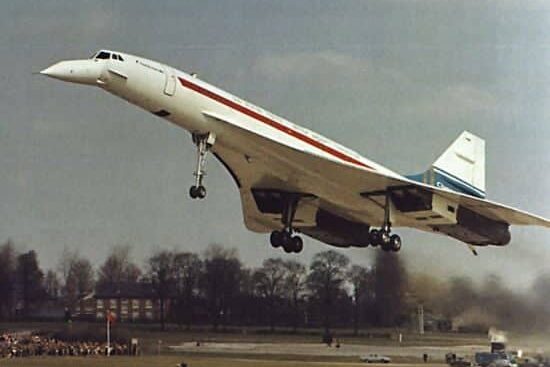
The Concorde wasn’t just a plane, it was a statement. Capable of flying from New York to London in under four hours, the supersonic jet made headlines for its speed, sleek design, and exclusivity. Passengers included celebrities, business leaders, and royals, all drawn to the experience of breaking the sound barrier in luxury. Operated by British Airways and Air France, the Concorde symbolized progress and prestige, even as tickets cost thousands of dollars. Despite its glamour, the jet faced practical challenges: loud sonic booms limited where it could fly, maintenance was costly, and fuel consumption was high. A tragic crash in 2000 and rising operating costs sealed its fate, with the final flight taking place in 2003. No commercial supersonic successor has flown since, leaving Concorde as a legend of speed that came and went within a single generation.
7. Compact Discs (1982–2010s)
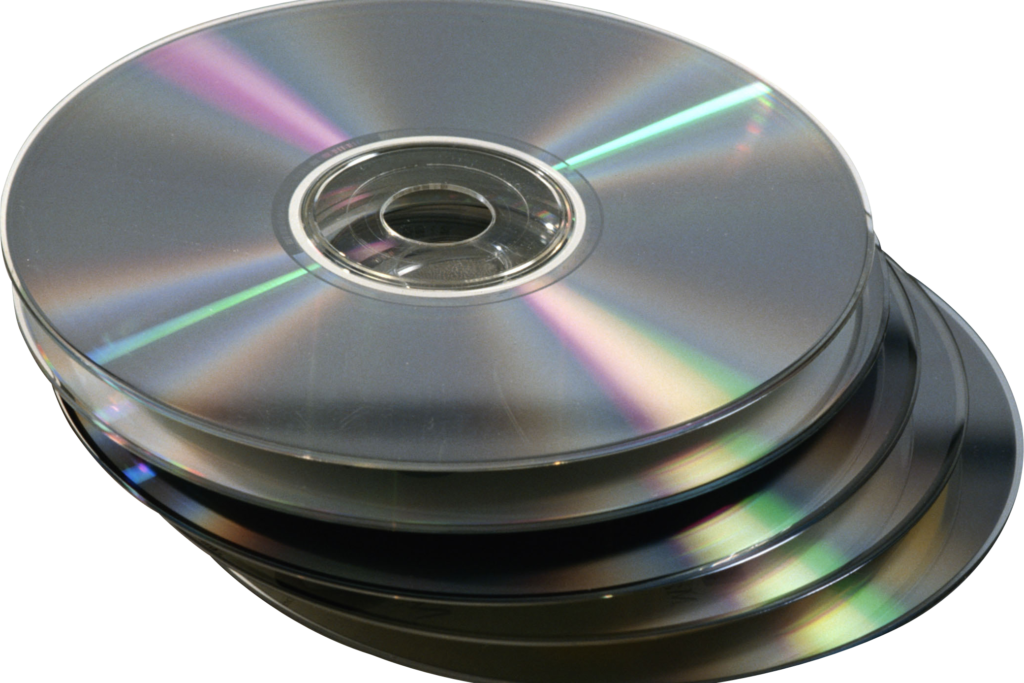
When compact discs hit the market in the early 1980s, they felt like a glimpse into the future of music. Shiny, durable, and promising “perfect sound forever,” CDs quickly replaced vinyl records and cassette tapes as the go-to format. By the 1990s, CD collections lined living room shelves, and towers of jewel cases sat beside boom boxes and stereo systems. Record stores thrived, and many people spent hours browsing racks for new albums or singles. But as the 2000s arrived, digital downloads and later streaming services toppled the CD’s reign. Suddenly, carrying hundreds of songs in your pocket became more convenient than stacks of discs. While some collectors still prize them, the compact disc’s rise and fall happened so quickly that younger generations often see them as a relic from a not-so-distant past.
8. Tupperware Home Parties (1950s–2000s)

For decades, Tupperware wasn’t just about plastic containers, it was about community. Starting in the 1950s, the brand’s famous home parties gave women a chance to socialize, demonstrate products, and earn income at a time when few work opportunities were available. Hosts would invite friends into their living rooms, show off Tupperware’s airtight “burping” seal, and collect orders. These parties became a cultural staple, blending shopping with entertainment and empowering a generation of women in subtle but meaningful ways. By the 1980s and ’90s, nearly everyone had at least one colorful Tupperware bowl or pitcher at home. But as online shopping and big-box stores grew, the party model faded. Though the brand still exists, the social shopping experience that made Tupperware iconic belongs to another era, remembered as a mix of clever marketing and community spirit.
9. Reebok Pump Sneakers (1989–1994)

In the late 1980s, Reebok launched one of the flashiest shoe innovations ever: sneakers with a built-in pump. By pressing the small basketball-shaped button on the tongue, wearers could inflate air chambers inside the shoe for a snug fit. Marketed as a performance boost for athletes and cool kids alike, the Pump became an instant sensation. NBA stars wore them, playground bragging rights were tied to them, and commercials made them look unstoppable. For a few years, the Pump was the ultimate status symbol in school gyms and on basketball courts. But the gimmick faded quickly as other brands pushed lighter, sleeker designs, and the high price tag didn’t help. By the mid-1990s, the craze was over. Today, Reebok occasionally revives the Pump as a nostalgic throwback, but its short-lived peak belongs firmly to one generation.
10. Typewriters in Offices (Gone by 1990s)
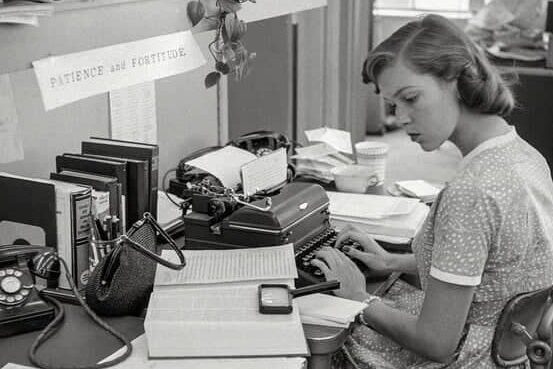
For most of the 20th century, the typewriter was the heartbeat of offices. Secretaries, journalists, and students alike clacked away on manual and later electric models, filling offices with the rhythmic sound of productivity. Owning a typewriter meant serious business, whether drafting memos, writing novels, or preparing school reports. By the 1970s and ’80s, electric models made typing faster and less strenuous, and correcting mistakes became easier with built-in features. But once personal computers arrived, typewriters vanished almost overnight. By the 1990s, they had become obsolete, replaced by word processors and then software like Microsoft Word. Today, typewriters are collectors’ items or nostalgic décor, admired for their tactile charm but impractical in a digital world. What was once on every desk is now a curiosity from a not-so-distant past.
11. Disposable Film Cameras (1986–2000s)
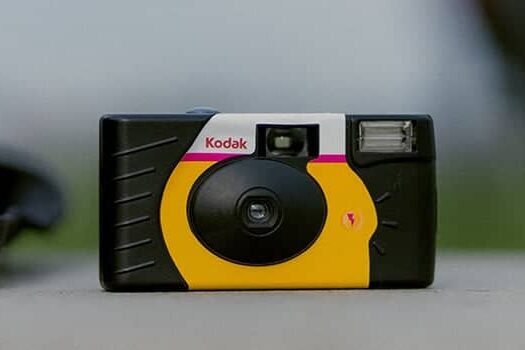
If you went on a family vacation in the 1990s, chances are someone packed a disposable film camera. Sold at drugstores and convenience shops, these inexpensive cameras were designed to be used once, then dropped off for film development. They were perfect for beach trips, birthday parties, and weddings, offering a no-fuss way to capture memories without worrying about expensive gear. The plastic bodies and tiny viewfinders weren’t glamorous, but the charm was in their simplicity, just point, click, and wait for the surprise when your prints came back. As digital cameras and then smartphones took over, disposables faded into obscurity. Yet, they left behind a certain magic: grainy, slightly blurry photos that felt candid and authentic. Today, they’ve made a small comeback among nostalgia seekers, but their heyday belonged squarely to one generation.
12. Napster (1999–2001)
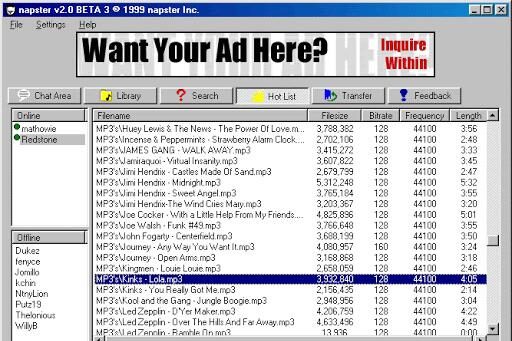
Few digital revolutions were as fast and disruptive as Napster. Launched in 1999, it allowed users to share and download music files for free, creating the first massive peer-to-peer network. For music lovers, it was a gold mine, suddenly, nearly any song was just a click away, no record store required. But for the recording industry, Napster was a nightmare, as sales plummeted and copyright battles erupted. Bands like Metallica famously sued, and within two years, the courts shut Napster down. Still, its impact was undeniable. It changed how people thought about music ownership, paved the way for iTunes and Spotify, and marked the moment when digital downloads began to replace physical media. Napster burned brightly and briefly, but it rewrote the soundtrack of a generation.
13. Trapper Keeper Binders (1980s–1990s)

For kids in the ’80s and ’90s, no school supply was cooler than the Trapper Keeper. With colorful, often neon covers, Velcro flaps, and pockets galore, it was the ultimate tool for keeping homework, notes, and doodles in order. Students loved customizing them with stickers and swapping designs, while teachers sometimes dreaded the constant ripping sound of Velcro in class. At its peak, Trapper Keeper was as much a fashion statement as a practical organizer. But the product eventually fell out of favor, some schools banned them for being too distracting, and the rise of digital organization tools reduced the need for bulky binders. Today, they remain a nostalgic symbol of school days, remembered for turning a boring supply item into an iconic piece of childhood.
14. The Flip Video Camera (2006–2011)

Before smartphones made video recording effortless, the Flip camera was the gadget everyone wanted. Small, simple, and affordable, it allowed users to capture high-quality video with just the press of a button. Its built-in USB arm made uploading clips to YouTube fast, helping fuel the platform’s early growth. Families used them for vacations, students filmed school projects, and aspiring creators recorded their first viral videos with a Flip. For a short while, it seemed like the future of casual video. But within five years, smartphones caught up, offering better cameras without needing an extra device. Cisco, which had bought the brand, discontinued the Flip in 2011. Though short-lived, it played an important role in making video creation mainstream, opening the door to the content-driven world we know today.
15. Rollerblades Craze (1987–2000s)

When Rollerblades hit the streets in the late 1980s, they sparked a movement. Unlike traditional skates, inline skates offered speed and agility, attracting kids, teens, and even fitness enthusiasts. Suddenly, city sidewalks, parks, and suburban driveways were filled with people gliding by, often with neon knee pads and elbow guards. Competitions, stunt shows, and even roller hockey leagues grew around the trend, and for a while, it seemed like Rollerblades were everywhere. But the craze cooled as quickly as it started. Skateboarding, scooters, and other sports took over the spotlight, and the inline skating boom fizzled. While still enjoyed by hobbyists today, Rollerblades are remembered as one of the most visible fads of the ’90s, part sport, part fashion, and entirely unforgettable for a generation.
16. MTV Playing Music Videos All Day (1981–2000s)
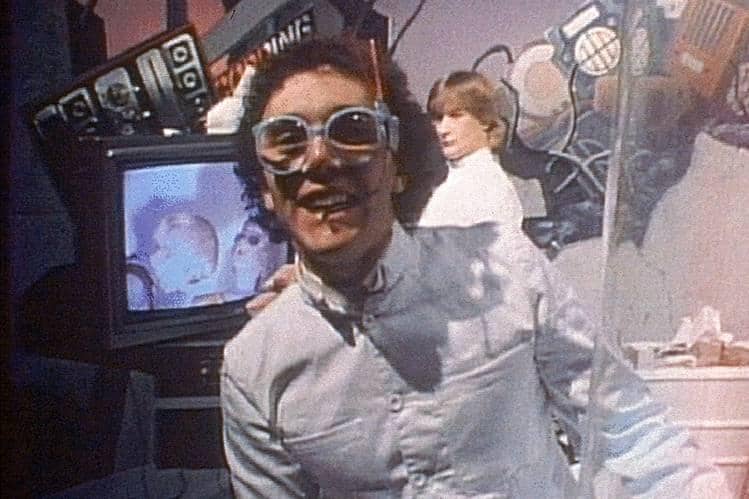
When MTV launched in 1981 with “Video Killed the Radio Star,” it transformed music forever. For two decades, the channel was the place to discover new artists, watch iconic music videos, and catch live performances. Entire careers, like Madonna’s, Michael Jackson’s, and Nirvana’s, were boosted by MTV’s constant rotation. Kids and teens would spend hours glued to the TV, waiting for their favorite video to play, and shows like Total Request Live made music a daily event. But by the 2000s, MTV shifted toward reality programming, leaving music videos to live on YouTube instead. The 24/7 music video channel disappeared, taking with it the shared cultural moments of waiting, watching, and talking about the same videos with friends the next day. For one generation, MTV wasn’t just television, it was the soundtrack of youth.
17. Nintendo Power Glove (1989–1990)

Few gaming gadgets generated as much hype, or as much disappointment, as the Nintendo Power Glove. Released in 1989, it promised to let players control video games with hand movements, making it feel like the future had arrived in the living room. Ads and movies like The Wizard made the glove look revolutionary, but in reality, it was clunky and hard to use. The technology wasn’t advanced enough to match its ambitious concept, and most games weren’t designed to work well with it. Still, for a brief moment, the Power Glove was the ultimate toy every gamer dreamed about. By 1990, it was already fading into obscurity, but its short-lived fame turned it into a cult relic. Today, it’s remembered less for what it achieved and more for what it promised, a glimpse at motion-controlled gaming decades before the Wii or VR.
18. Answering Machines (1970s–2000s)
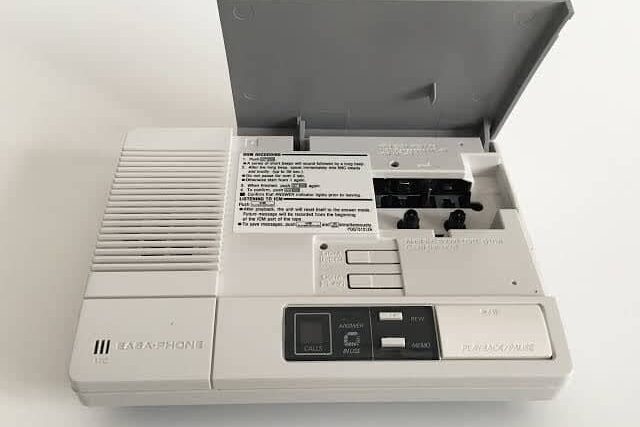
Before voicemail and smartphones, the answering machine was the household lifeline for missed calls. Starting in the 1970s, these little boxes with tiny cassette tapes became a fixture in homes and offices. People left messages after the iconic beep, and families often recorded quirky greetings that callers remembered as much as the messages themselves. By the 1980s and ’90s, answering machines had become as common as the landline phone they were attached to. But technology soon moved on, first with digital versions, then with voicemail built directly into phone systems, and finally with mobile phones that made them unnecessary altogether. By the 2000s, the classic answering machine was gone, leaving behind the memory of rewinding tapes to check who called and the thrill of hearing “You’ve got a message” waiting at home.
19. Game Boy Link Cables (1989–2000s)
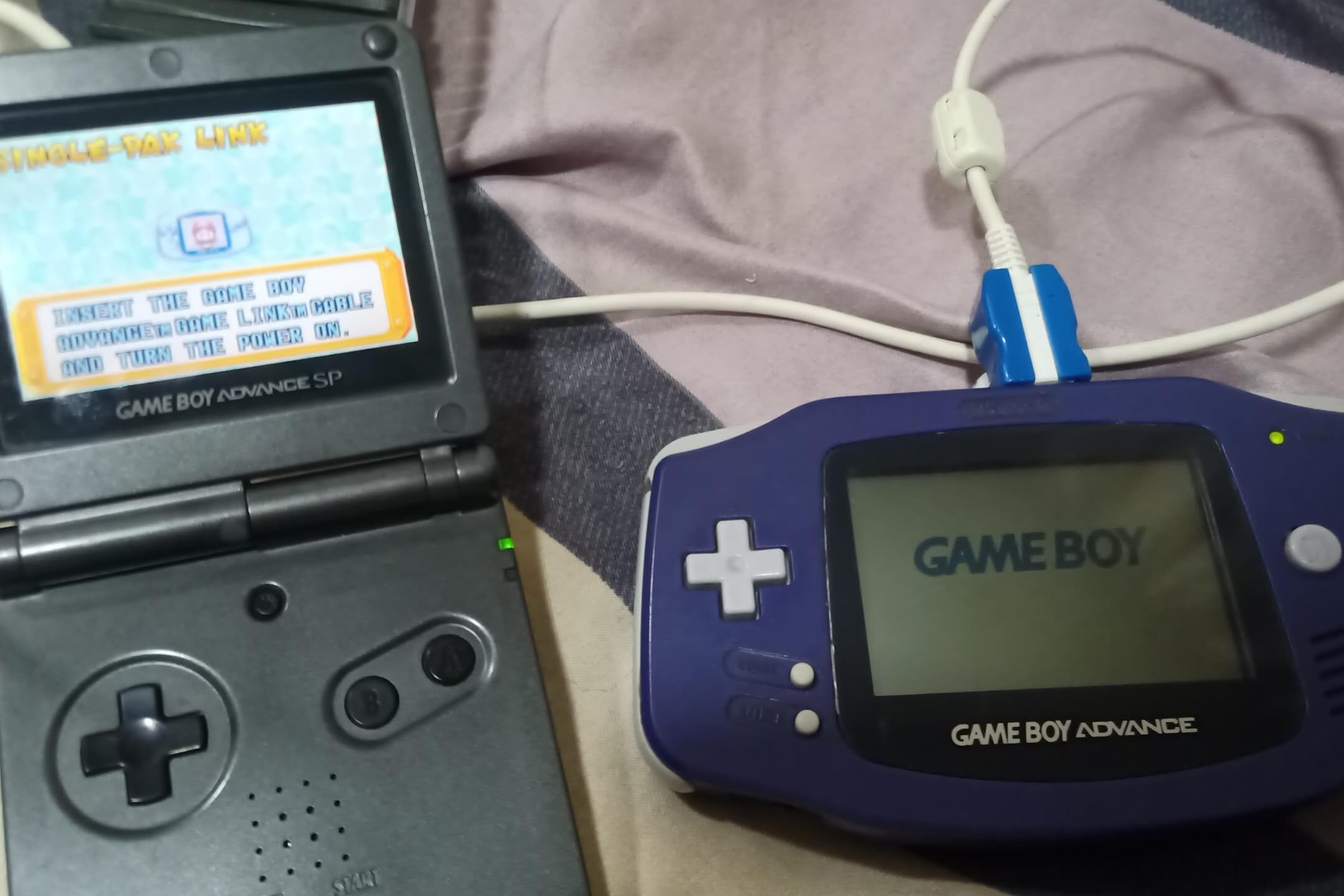
Long before Wi-Fi and Bluetooth connected players instantly, Game Boy owners relied on a humble cord: the Link Cable. Released alongside the original Game Boy in 1989, it allowed two players to connect their devices and battle or trade in games like Tetris and later Pokémon. For kids, that simple wire unlocked endless hours of fun and social interaction. Schoolyards and bus rides became mini arenas, with friends huddling close, cords stretched between handheld consoles. As multiplayer gaming moved online and wireless technology took over, the Link Cable quickly became obsolete. By the mid-2000s, it was a relic, remembered fondly by those who experienced the thrill of connecting two worlds with a simple plug. It was proof that sometimes the smallest accessory could create the biggest memories.
20. LaserDisc Players (1978–2000)
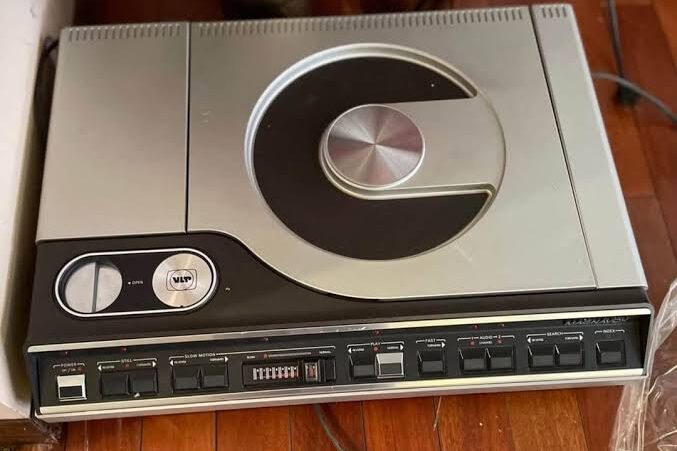
Before DVDs revolutionized home viewing, LaserDisc tried to do the same, but with limited success. Introduced in the late 1970s, the massive discs, nearly the size of vinyl records, offered better video and audio quality than VHS. For movie buffs, they were cutting-edge, providing features like chapter selection and extras years before DVDs. But they came with big drawbacks: the discs were bulky, expensive, and not widely available in stores. VHS tapes were cheaper, easier to rent, and good enough for most families, so LaserDisc remained a niche product. By the 1990s, the format was fading fast, and when DVDs arrived, they sealed LaserDisc’s fate. Today, the players and discs are collector’s items, remembered as a bold but short-lived step toward the home entertainment systems we take for granted now.
21. Y2K Hysteria (1999–2000)
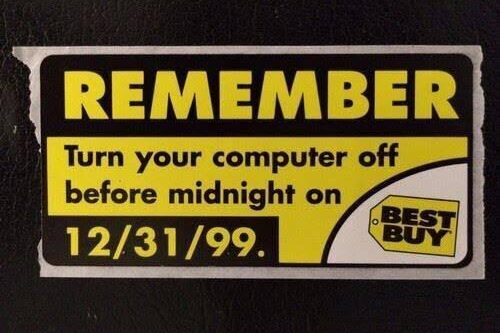
At the turn of the millennium, the world braced for digital disaster. Known as Y2K, the panic stemmed from fears that computers wouldn’t recognize the year “2000” correctly, potentially crashing systems and disrupting everything from banks to airplanes. News headlines and government warnings fueled the hysteria, leading to stockpiling of supplies and major efforts to update computer systems worldwide. Some even predicted widespread blackouts or economic collapse. But when the clock struck midnight on January 1, 2000, the world carried on almost without a hiccup. The feared catastrophe fizzled into an anticlimax, though experts argued the preventative work paid off. For one generation, Y2K remains a vivid memory of mass anxiety that seemed world-changing, until it wasn’t.
22. Beepers and Pagers (1980s–2000s)
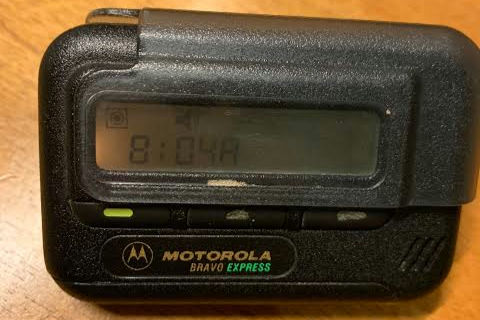
Before everyone carried a cellphone, beepers and pagers were the must-have gadgets for staying connected on the go. Doctors, businesspeople, and later even teens clipped them to their belts, waiting for that little screen to flash a callback number or coded message. By the 1990s, pagers had become a cultural symbol, showing up in TV shows, movies, and even rap lyrics as signs of importance or coolness. Entire industries relied on them to keep people reachable at all times. But once cell phones became affordable and widespread, pagers quickly lost their purpose. By the early 2000s, they had almost completely disappeared outside of niche uses like hospitals. What was once a status symbol of being “in demand” is now a reminder of a short but influential phase in mobile communication.
23. AOL Chat Rooms (1990s–2000s)

For many early internet users, AOL chat rooms were the first taste of online community. With just a dial-up connection and a screen name, people could join themed chat rooms on everything from sports to TV shows to hobbies. They became a cultural phenomenon, where strangers bonded, friendships formed, and countless inside jokes were shared. For teenagers, they were especially exciting, a place to connect anonymously and talk late into the night. The “You’ve got mail” notification became a daily thrill. But as faster internet, instant messaging, and social media platforms emerged, AOL chat rooms quickly faded. By the mid-2000s, they were virtually gone, remembered fondly as the internet’s original social hangouts. For one generation, those rooms were both magical and chaotic, a place where the digital age of connection truly began.
24. Lawn Darts (1970s–1980s)
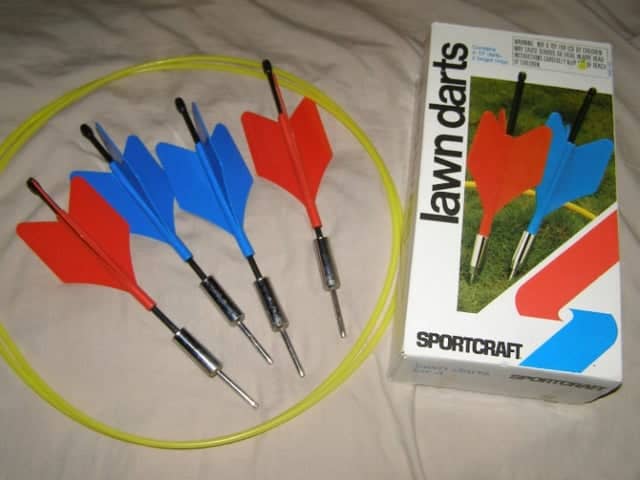
In the 1970s, backyard games didn’t get more popular, or more dangerous, than lawn darts. The game was simple: players tossed heavy, metal-tipped darts toward a plastic ring on the ground, aiming for accuracy. Families brought them out for picnics, parties, and summer afternoons, and for a while, they seemed like harmless fun. But accidents soon revealed the risks. Because the darts were sharp and weighted, injuries, some severe, began to pile up. By the late 1980s, regulators banned the sale of traditional lawn darts, pulling them from store shelves entirely. Safer versions with blunt ends followed, but they never captured the same excitement. Lawn darts serve as a reminder of a time when toys were a little less regulated, and sometimes a lot more hazardous.
25. PalmPilots and PDAs (1996–2000s)
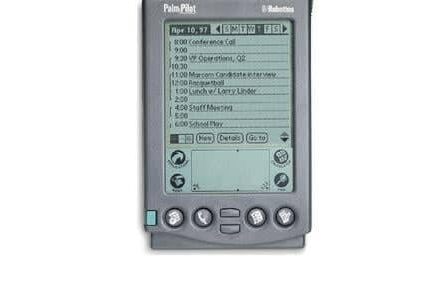
Before smartphones condensed everything into one sleek device, the Personal Digital Assistant, or PDA, was the ultimate productivity tool. PalmPilots led the way in the late 1990s, offering calendars, contacts, notes, and even stylus-based handwriting recognition. Business professionals relied on them to keep life organized, and owning one signaled you were ahead of the tech curve. Soon, competitors like Handspring and Pocket PC joined the race, expanding what these little handhelds could do. But once smartphones arrived, combining phone calls, email, and apps in a single device, PDAs quickly became unnecessary. By the mid-2000s, they were fading fast. Palm tried to pivot with phones, but the brand never regained its dominance. For a short window, though, the PDA felt revolutionary, a pocket-sized office that fit neatly in the palm of your hand.
26. Chemistry Sets with Real Chemicals (1960s–1980s)

For generations of curious kids, chemistry sets were more than toys, they were miniature laboratories. The kits sold in the 1960s and ’70s often came with real chemicals, glass test tubes, and instructions for exciting (and sometimes explosive) experiments. Parents saw them as educational, sparking interest in science while giving children a sense of independence. But the freedom came with risks: burns, stains, and the occasional accident were all too common. By the 1980s, safety concerns and stricter regulations led to watered-down versions with fewer chemicals and plastic parts. While modern kits are safer, they lack the same thrill of discovery that earlier generations experienced. The old sets are remembered fondly by those who grew up mixing potions at the kitchen table, feeling like true young scientists.
27. Encyclopedias Sold Door-to-Door (1960s–1990s)

Before Google made information a few keystrokes away, encyclopedias were the gold standard for learning at home. In the 1960s through the 1980s, salespeople went door-to-door offering families complete sets of glossy, leather-bound volumes like Encyclopaedia Britannica or World Book. Parents often saw them as an investment in their children’s education, and full sets proudly lined living room shelves. Kids turned to them for school reports, flipping through pages to find facts that today would take seconds online. But encyclopedias were expensive, bulky, and quickly outdated. As CD-ROMs, and later the internet, replaced them, the door-to-door encyclopedia salesman disappeared. By the 1990s, what once felt like a household essential became obsolete, leaving behind the memory of carefully arranged books that symbolized both knowledge and status.
28. Scientific Calculators as Luxury Items (1970s–1980s)
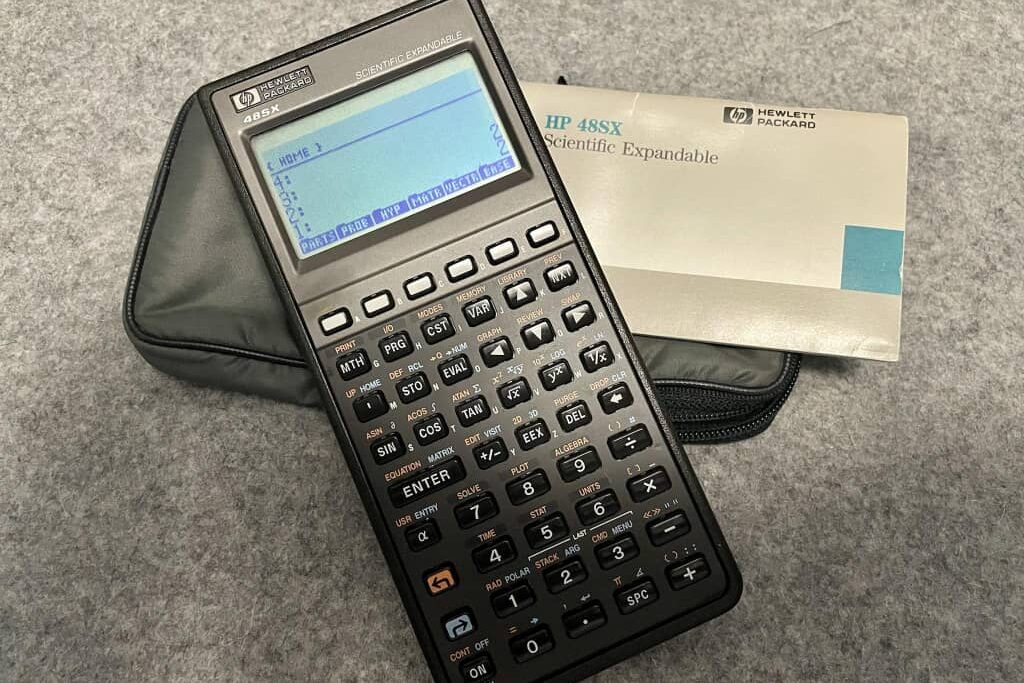
Today, a calculator is just another app on a phone, but in the 1970s, owning a scientific calculator was a mark of prestige. Early models cost hundreds of dollars, making them prized possessions for engineers, scientists, and students. They could handle complex equations that once required slide rules or hours of work, and companies like Texas Instruments and Hewlett-Packard became household names in schools and universities. By the 1980s, prices dropped, and calculators became a standard classroom tool. But their status as coveted gadgets faded fast, especially as technology advanced and smartphones absorbed their functions. What was once an impressive, futuristic device is now taken for granted, proof of how quickly yesterday’s cutting-edge tool can become today’s basic necessity.
29. Pay Phones Everywhere (1900s–2000s)

For most of the 20th century, pay phones were lifelines. Found on street corners, in airports, and outside gas stations, they made staying in touch possible long before mobile phones existed. Dropping coins, or later, swiping a phone card, was a routine part of calling home, checking in, or dealing with emergencies. Pop culture immortalized them too, from Superman’s quick-change booths to countless movie scenes of urgent calls made under flickering fluorescent lights. By the late 1990s, however, cell phones began erasing the need for pay phones, and by the 2000s, they had nearly vanished. Today, finding one still standing feels like spotting a time capsule from another age. For one generation, pay phones were everywhere, and now they’re remembered as symbols of a world where being “reachable” wasn’t so easy.
30. Boom Boxes (1970s–2000s)
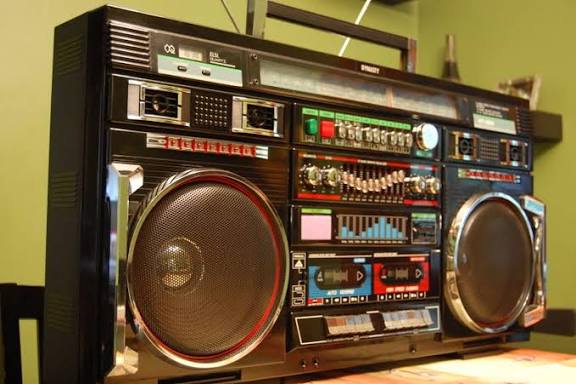
Nothing captured the energy of music on the go like the boom box. Emerging in the 1970s and exploding in popularity during the 1980s, these portable stereo systems could blast cassettes or radio with enough power to turn sidewalks into dance floors. Carried on shoulders, decorated with stickers, and featured in countless music videos and movies, boom boxes became cultural icons, especially tied to the rise of hip-hop and street culture. They represented freedom, self-expression, and the joy of sharing music loudly and publicly. But as portable CD players, MP3 players, and eventually smartphones took over, the bulky boom box quickly became impractical. By the 2000s, they were fading from everyday use. Today, they’re remembered with affection as symbols of an era when music wasn’t just heard, it was shared with the whole block.
31. Cassette Singles (“Cassingles”) (1980s–1990s)
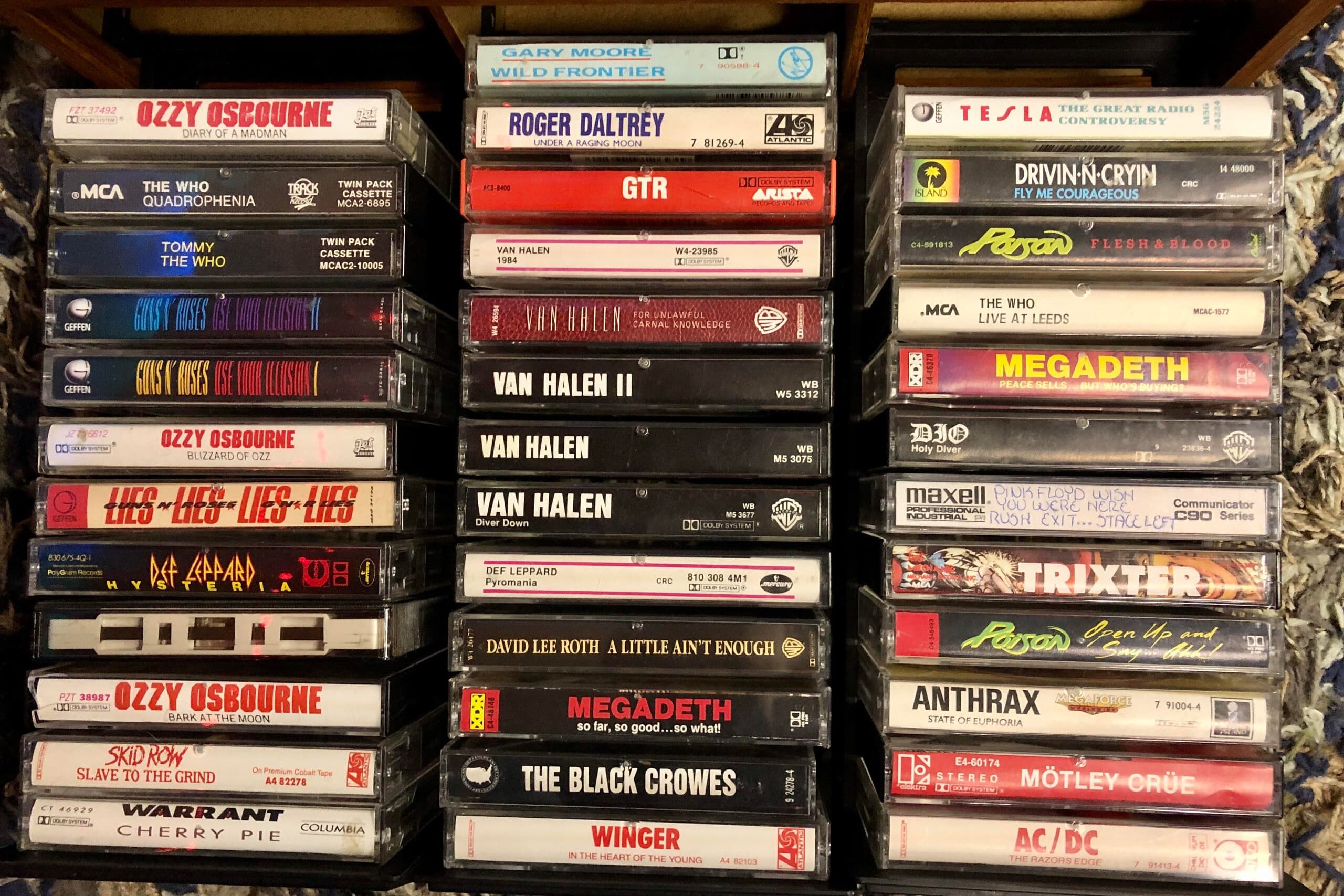
Before digital downloads made buying a single song effortless, music fans turned to cassette singles, or “cassingles.” These slim tapes contained one hit track, sometimes with a B-side or remix, and were cheap enough for teens to collect without breaking the bank. Record stores stocked shelves with them, and radios fueled the demand by pushing chart-topping hits. For kids with Walkmans, cassingles were the perfect pocket-sized soundtrack, easy to carry and swap with friends. But their reign was brief. By the mid-1990s, CDs began offering the same convenience with better sound, and cassingles quickly vanished. Today, they live on mostly in thrift stores and retro collections, remembered as an in-between step in music history, short-lived, but unforgettable for the generation that bought them by the handful.
32. BlackBerry Phones (1999–2016)
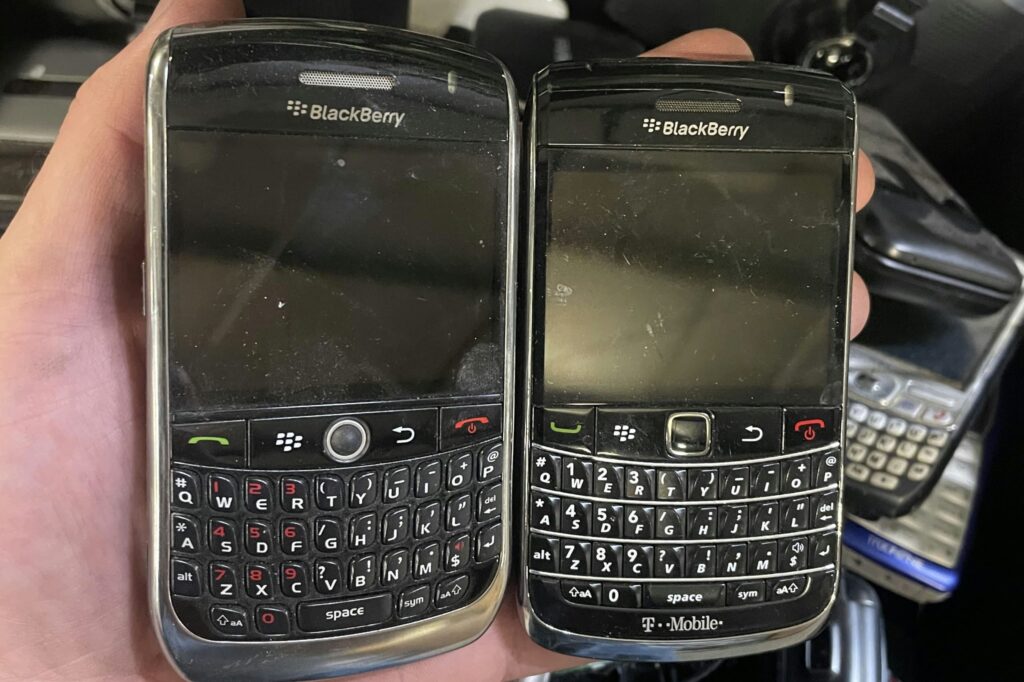
In the early 2000s, nothing said business power like a BlackBerry. Nicknamed the “CrackBerry” for its addictive email access, it became the ultimate work tool for executives, politicians, and anyone who wanted to stay connected on the go. Its physical keyboard, secure messaging system, and sturdy design made it indispensable in offices and government buildings alike. For nearly a decade, BlackBerry was the smartphone of choice, even as competitors emerged. But once Apple’s iPhone introduced sleek touchscreens and a universe of apps, BlackBerry struggled to keep up. Within a few short years, its dominance collapsed, and by 2016 the company stopped making phones altogether. Today, BlackBerry survives as a software brand, but the iconic devices are remembered as both a trailblazer and a cautionary tale of how fast technology can shift.
33. Aerobics on VHS (1980s–1990s)
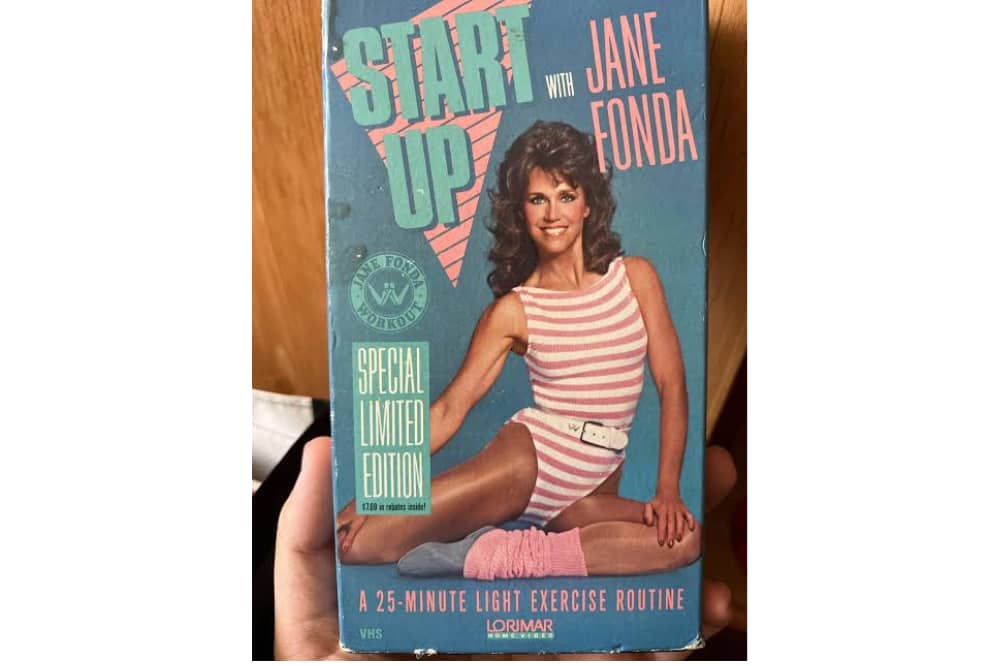
Long before fitness apps and YouTube workouts, VHS tapes brought aerobics into living rooms. Jane Fonda’s workout videos, followed by countless others like Buns of Steel, became staples of the 1980s and 1990s fitness boom. Colorful leotards, leg warmers, and upbeat soundtracks turned exercise into a cultural phenomenon. Families popped tapes into VCRs and jumped along, turning home spaces into makeshift studios. For many, these workouts weren’t just about fitness, they were about fun and community, even if the “class” was on a TV screen. But as DVDs, then streaming platforms, and later interactive fitness apps took over, VHS workouts faded away. Still, the neon-filled, sweat-drenched era of aerobics tapes left a vivid mark, remembered by a generation who first learned to exercise to the beat of a VCR.
34. Dial-Up Internet (1980s–2000s)
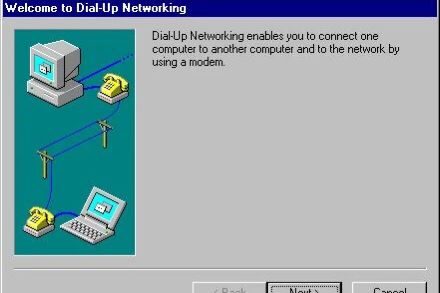
For early internet users, the screechy handshake of a dial-up modem was the sound of possibility. Beginning in the 1980s, dial-up brought the online world into homes, connecting people to email, chat rooms, and websites, though always at a snail’s pace. Families often fought over the phone line, since logging on meant tying it up, and downloading a single picture could take minutes. Despite the frustration, dial-up felt revolutionary, giving millions their first taste of a connected world. By the 2000s, however, broadband and Wi-Fi swept in with faster, always-on service, making dial-up obsolete almost overnight. Today, younger generations only know the sound as a meme or joke, but for one generation, it was the unforgettable gateway to the internet age.
35. Netbooks (2007–2012)

In the late 2000s, netbooks promised to make laptops smaller, cheaper, and more accessible than ever. Compact and lightweight, they were perfect for browsing the web, checking email, or doing simple schoolwork. Students, travelers, and budget-conscious users snapped them up, fueling a craze that briefly made netbooks the hottest devices in tech. For a few years, they seemed unstoppable, reshaping how people thought about portable computing. But their limited performance and cramped keyboards left many frustrated, and as tablets and ultrabooks entered the scene, netbooks quickly fell out of favor. By 2012, the trend was over, and major companies stopped making them. They’re remembered today as a short-lived stepping stone between traditional laptops and the sleeker, more powerful mobile devices that followed.
36. Film Cameras for Everyday Use (1900s–2000s)

Before smartphones put cameras in every pocket, film cameras were the standard way to capture life. Families loaded rolls of 12, 24, or 36 exposures, carefully saving each click for birthdays, vacations, or special outings. Dropping off film at drugstores or photo labs was part of the ritual, followed by the excitement of flipping through glossy prints days later. Disposable cameras added convenience, letting people snap moments without worrying about expensive gear. But the digital camera revolution of the 2000s, followed by phone cameras, made film impractical for everyday snapshots. Though professionals and hobbyists still cherish film for its artistry, for most people the routine of winding film and waiting for prints is a nostalgic memory from a slower-paced world.
37. Landline Phones in Every Home (1900s–2000s)
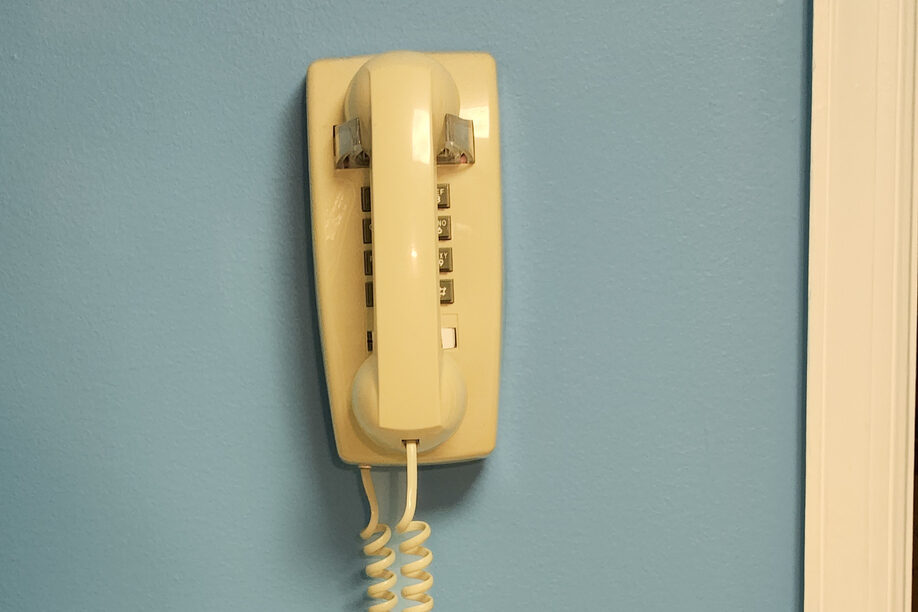
For much of the 20th century, the ringing of a landline was the sound of connection. Phones anchored to kitchen walls, desks, or bedside tables were family lifelines, often shared by everyone in the house. Corded phones meant pacing within reach of the handset, while cordless models in the 1980s added new freedom, though never without the fear of static or a dead battery. Answering machines brought the novelty of screening calls, and teenagers spent hours tied up on the line, stretching cords into hallways for privacy. But as cell phones became affordable and reliable in the 2000s, landlines rapidly faded from homes. Today, many young people have never used one, making landlines a relic of a time when being “home” meant being reachable.
38. Video Rental Stores (1970s–2010s)
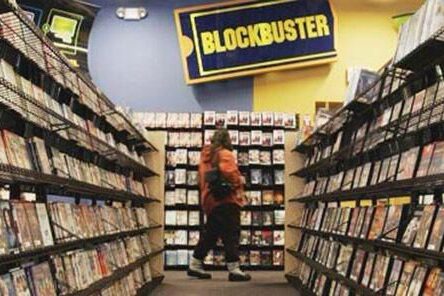
For decades, Friday nights meant a trip to the video store. Chains like Blockbuster and countless local shops stocked rows of VHS tapes, later DVDs, waiting to be browsed and rented. Families and friends wandered aisles debating between comedies, action flicks, or the latest release, often leaving with more snacks than movies. Returning tapes on time was a ritual too, with late fees dreaded by parents everywhere. At their peak in the 1990s, video rental stores were cultural hubs, shaping how people experienced movies at home. But as Netflix introduced mail-order DVDs and later streaming, the entire model collapsed. By the 2010s, most stores were gone. The video rental era is remembered fondly as a time when movie night began not with a click, but with a trip out the door.
This story 39 Things That Came from Nowhere, Were Huge, and Disappeared in a Single Generation was first published on Daily FETCH


